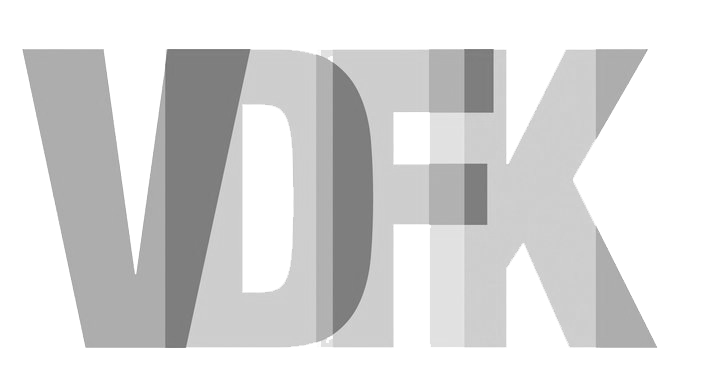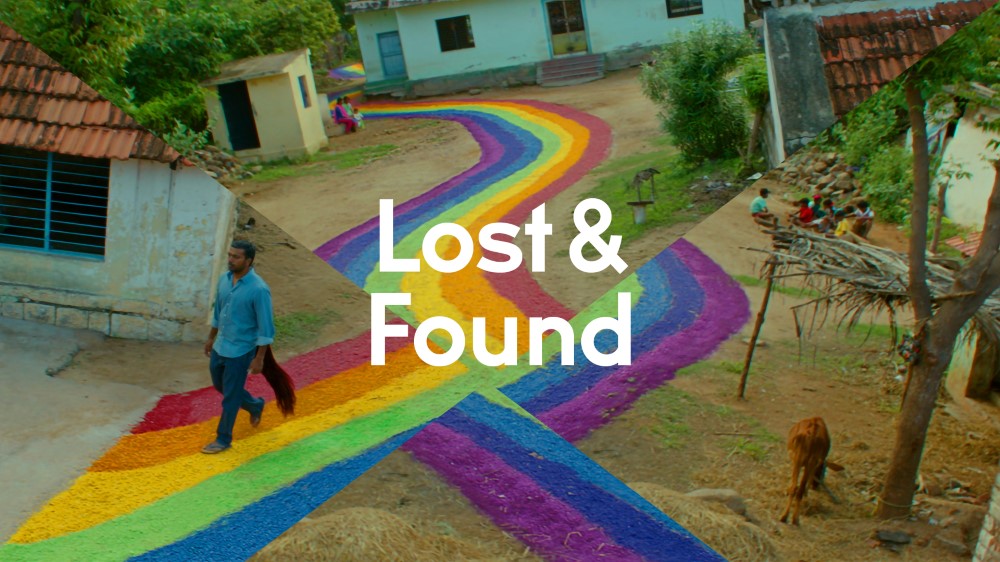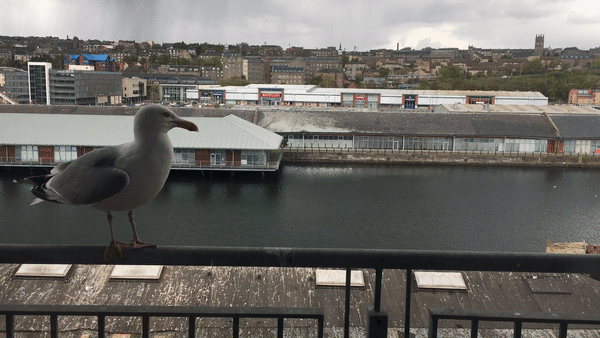Blog #8/21 Contextual Healing
By Jessica McGoff
Throughout the last year, I’ve noticed a new conversational paradigm that organises so many of my discussions about cinema. When I ask my friends for their thoughts on a film, so often their response is prefaced by the conditions in which they viewed it. “I watched it on my couch, and my cat kept blocking the screen.” “I interpreted the silent first half as a formalistic choice before realising I had my laptop muted.” “I only saw twenty minutes because my toddler wouldn’t sleep.” When the pandemic eliminated the communal space of the cinema, it took away the clearly delineated spatial context in which we typically encountered films. Now, we mostly encounter them in very personal, disparate contexts. As these contexts find their way more and more into how we talk about cinema, we have to ask ourselves how possible is it to actually separate a film from everything around it? And, perhaps more importantly, is that even worth doing?
Within the opening minutes of the Berlin Critics’ Week debate Lost and Found, everyone fell into my oft-observed discursive pattern. When the moderator, curator Devika Girish, asked the participating filmmakers what they thought of each other’s respective films, they opened first with anecdotes about their viewing experiences (early in the morning, after having just woken up). Critic Amy Taubin joined in accordingly (she watched both films instead of the Golden Globes awards ceremony).
The debate’s participants were all of different positions: filmmaker, critic, curator. It became apparent in the discussion that whilst each role in this constellation fulfilled a different purpose, they were all united by the same impulse: the refusal to allow an image (or film) to exist in and of itself, a text without context.
Perhaps the most immediately overt result of this endeavour lies in the work of the curator. By placing film objects in dialogue with each other, the curator draws out their conflicts and harmonies, creating an analytical lens through which to view them. In the case of this particular double bill, the minimalist An Unusual Summer by Palestinian filmmaker Kamal Aljafari is contrasted with the maximalist Horse Tail by Indian filmmakers Manoj Leonel Jason and Shyam Sunder. The former consists of low-resolution surveillance footage; the images barely there, unfolding rigidly, as if set in stone and accompanied only by text and voice. The latter is unwieldy, employing a dream-logic structure to highly-saturated and often surreal images.
There is a friction that is created in their pairing, a kind of chemical reaction. An Unusual Summer’s surveillance footage, where first signalling a kind of automated, impersonal representation of place, becomes suddenly congruent with Horse Tail’s lapses between remembering and dreaming. Doesn’t a machine save images to its memory? At once, I’m asking what images CCTV dreams of.
We often associate context with the process of making something comprehensible, it forms the setting in which something can be fully understood. Thus, when it comes to critical interpretation, the critic’s own context often collides with the film objects. This framework, whilst critically productive, can be fraught with tension. One such tension, as Girish worded it in the debate, is that of “cultural intelligibility”. Despite the geographic distance between our panelists becoming somewhat flattened and re-channelled into digital space, we cannot quite escape the awareness that we are discussing films from Palestine and India at a major European festival. Whilst both Horse Tail’s directors resisted the idea of creating with a specific audience in mind (be it local, international, informed, ignorant), Aljafari made a statement that simultaneously contended with the conflicts of global distribution and attempted to circumvent them: “In cinema you don’t need translation.”
His declaration took me immediately back to the Berlinale of last year, where I sat in a crowded cinema to watch Tsai Ming-liang’s Days, the opening frame of which announces: “This film is intentionally unsubtitled.” I never interpreted Tsai’s gesture (or lack of it) as either a refusal to translate or an acknowledgement that the film didn’t need translation. Rather, it made me question if the very notion of translation is a valuable practice for cinema. Translation, not necessarily of language itself but of cultural context, seems almost dangerous – especially if we’re translating into the dominant language. Instead, I thought about Days in terms of distance. What distance did I have to the film object? Was I close enough to its context to understand the dialogue, and if not, how did that distance shape my interpretation? Distance accounts for specific cultural and socioeconomic contexts whilst fostering an intimate and personal entanglement with the film.
Of course, there is a politics of distance, and a political aspect to how we consume images that are “far away” from us – this could signal geographic borders, or experiential ones. Acknowledging a spectator’s distance, or closeness, to a film, is of political value. Recognising a degree of illegibility in something assumed legible (the image) can expose bias and challenge expectation. There is a discomfort in realising that you may have to reach towards a film, rather than have it reach towards you, especially if you’re used to that being the case. Western audiences, in particular, can learn from this discomfort.
Cinema itself is a context. Within the debate, the filmmakers recognised this acutely. The question is posed, when does footage become cinema? Cinema makes meaning, one situates images within its form, in its history. Even placing images in dialogue with each other, manipulating images directly, stitching and suturing them together in the edit is a process of contextualising. An Unusual Summer is a discernible example of this process, Aljafari inherited the footage from his father’s surveillance tapes, then placed the images in a context of his own making. Perhaps it’s more appropriate to say he re-contextualised the images, the images already existed for a separate purpose before he ever tampered with them. When an image is created, how much context does it already bear, other than its own existence? Are we always in the process of re-contextualisation, of colliding an image with everything around it?
During the pandemic, when I mostly stayed at home, I created hours of footage of the seagulls outside my window. The city council paused their usual maintenance service, which regularly removed the gulls’ eggs and nests to reduce aggressive behaviour and control the population. I tried to capture the ensuing anarchy of the birds, I have countless videos of seagulls fighting, diving through the air, sitting together, squawking. It’s entirely banal footage, but while I was collecting it, I kept thinking I should do something with it, make something out of it. I realised I was grabbing at a sense of control that had been denied to me this past year – because if this was just footage of nothing, I was helplessly subject to the circumstances that forced me to stay at home and stare at the seagulls outside. I thought if I re-contextualised my footage, I’d re-narrativise the time I spent making it. I thought, perhaps through cinema, I’d find meaning in all my time lost.
A video of the debate can be found here.


